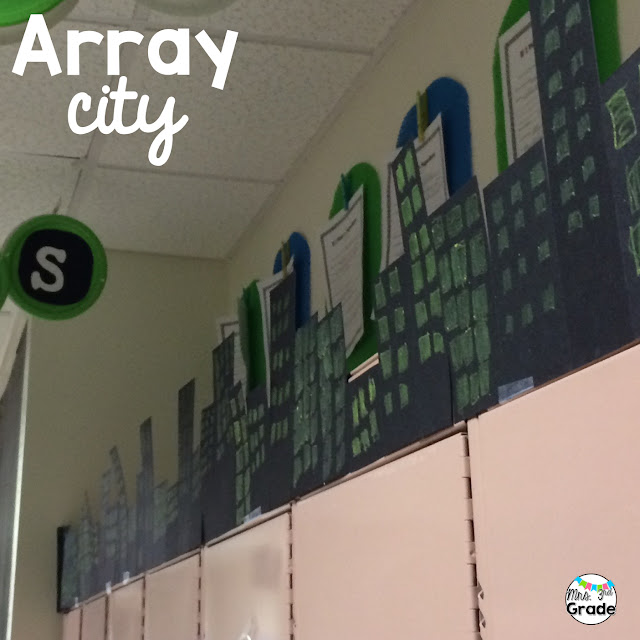I love teaming up with my Hello Sunshine blogging friends! Debbie is sharing with you today some amazing ways to help keep your papers under control while you are grading!

I don't know of a single teacher who says they love grading papers, but it is such a valuable part of teaching. A student's written work is one piece of data or evidence that we have to see how well the students are understanding the skills or concepts being taught in class. Through the years I've found a few ways to keep the paper grading from becoming too overwhelming.
First, you need a way to keep the papers organized. I've tried pocket folders and a binder with pocket dividers. Here's how I set them up.
Subject
grading folders are a very simple idea. I made sure to have a different color for each subject. Then I wrote To Be Graded on one pocket and Graded on the other. When a set of paper was graded I wrote the scores on a class slip, clipped it to the set and moved them to the Graded pocket. The class slip of paper was an easy way to temporarily keep the scores until they could be transferred to my grade book or computer grading system.
A Grading Binder became my favorite way to keep the paperwork organized. I liked having everything in one place, but it is larger and not as easy to slip into a bag to take home for the evening. When I set up my binder I used dividers with pockets. The pocket dividers were labeled for each subject. On the front pocket I wrote To be Graded and the other side was labeled Graded. Just like mentioned above, a class strip with scores, was clipped to the graded set of papers.
One of the advantages of using a binder is you can have so many other things right on hand. One handy item is a zipper pocket at the front of the binder to hold marking pens, sticky notes, stickers, and a grading scale. The binder can also have a section for your grade book pages. I always kept a paper grade book, even when my district went to computer grade books. I liked having those paper grade sheets to look at quickly.
Other time saving tips:
-Label each set of papers with the assignment, page number, etc.
-Have sticky notes close by! You never know when you might need to write a note to a student or to yourself!
-If you assign a % score, use a grading chart or wheel.
Just a word about student work . . . I don't like and never gave my students "busy work". I define busy work as anything given to a student just to keep them busy, and did little or nothing to help that child learn or master a skill or concept. I've seen trash bins filled with student work that was never looked at by the teacher. If a student takes the time to do it, then I think a teacher should take the time to look at it. But that doesn't mean you have to assign a score or grade to everything. So, here are a few ideas of what to do with student work you know you'll not be scoring or grading.
-Have students exchange papers in class. They can each use a marking pencil or crayon to check the answers as you read them aloud. Walk around as students are checking to see if any papers need more attention from you. Or, you can collect the checked set of papers to look through quickly to see if anyone needs a little reteaching of the skill.
-Assign checking partners. Students get together to compare answers. If answers are different the students rework to see where a mistake was made.
-Check work as students are working. Walk around with a marking pen and put a star on problems that are correct, or circle problems you want the student to look at again. When students turn in their work, you can quickly look through the rest of the work to get an idea if students have done well, or need more practice.
-You don't have to grade everything on the page. Box in one section and grade only that area. If it's a written paragraph or essay, grade it only for one writing trait.
-Read through the student work and give a simple star or sticker to indicate you've looked at their work. You can pull out papers that need more of your attention.
Click on the image to download the free printables to help simplify your grading.















































